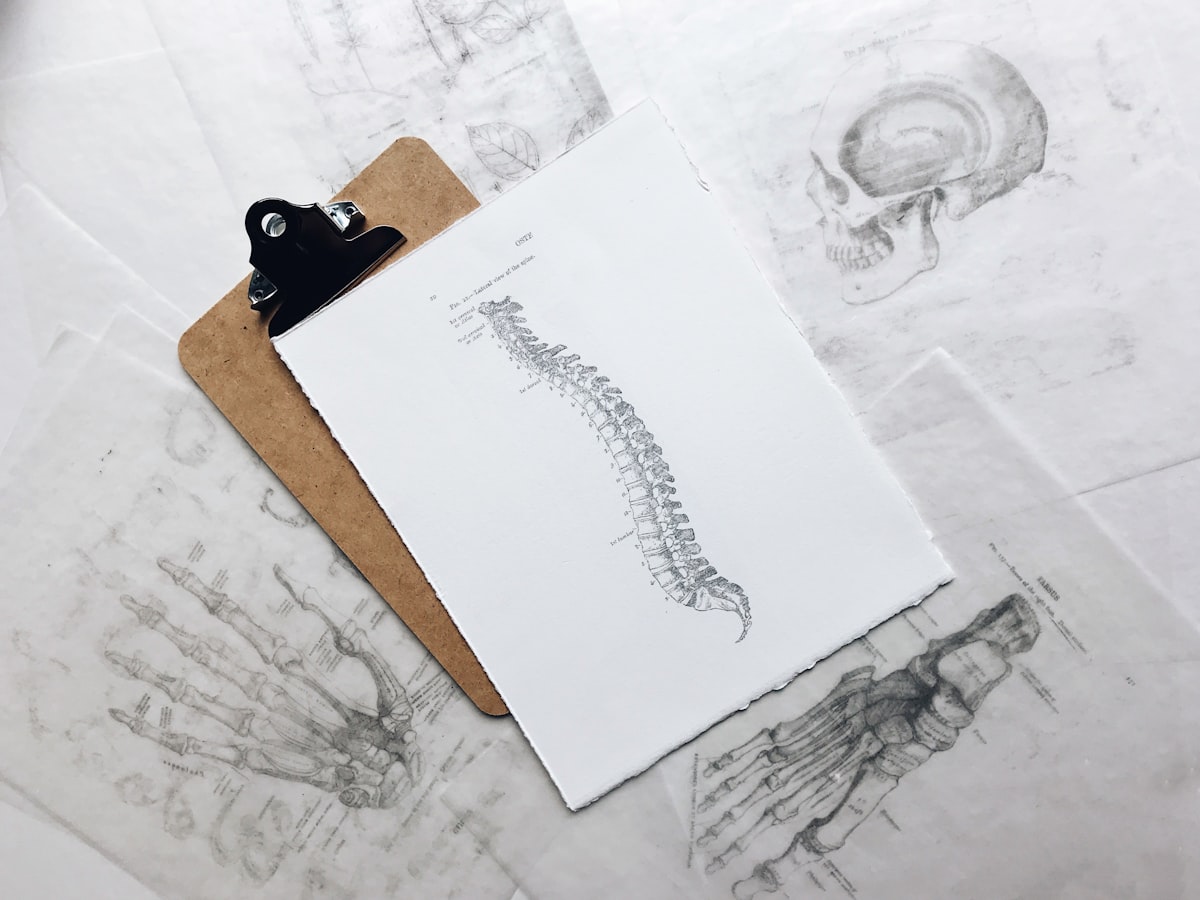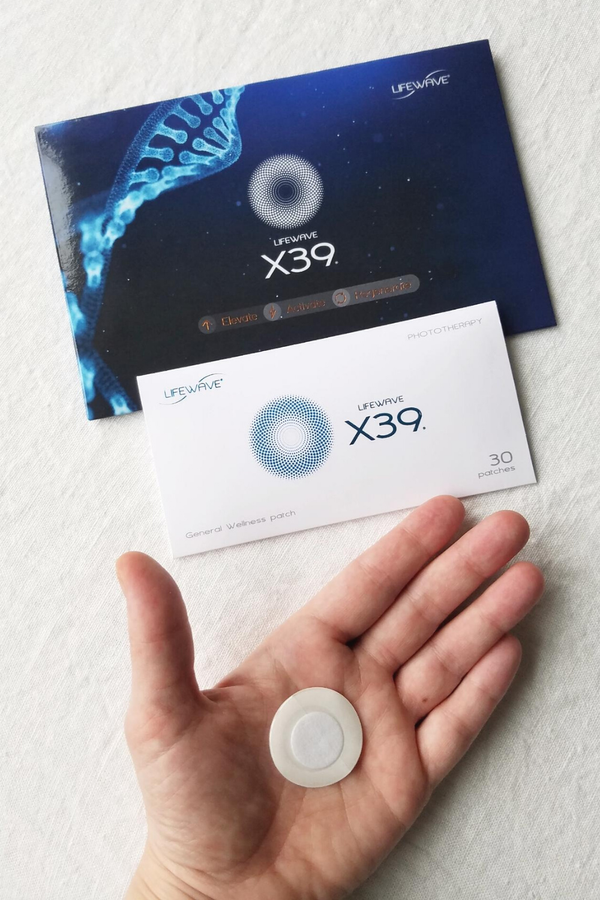The future of Bone assessment is here! What can I expect from my scan?

The Echolight Scan Procedure
There is no preparation for the test; however, it is suggested to refrain from consuming gas inducing foods within 12 hours before your test.
Once you arrive, we will welcome you into the room and have you lay down on your back. It is recommended that you wear loose fitting/comfortable clothing.
During the test, two sites are assessed - one is your lumbar spine (L1-L4) and the other is your left hip. If you have had surgery on your spine or hips, please let the operator know prior to the exam as the right hip will be scanned instead.
The operator will have you lift your shirt to expose your abdomen, and drapes will be tucked in to protect your clothing. Ultrasound gel will be applied, and then the probe will be placed on your skin.
The operator will slide the probe up and down in the midline of your abdomen from the ribs to just below the navel to locate the pertinent anatomy, then the scan will be initiated. Each level takes approximately 10-15 seconds, and the machine will beep when it is time to move to the next level. L1 is the deepest vertebral body of the scan and requires extra pressure. Although this pressure only lasts a short time, if it is intolerable, please let the operator know.
Following the lumbar scan, the machine will prepare a report based on the data acquired. This process takes approximately 2 minutes and when completed, the operator can determine whether they can move onto the second part of the test. At times, the result from one or more levels is indeterminate. The operator sees a graphic of the spine with either green, yellow, or red at each level. If any level depicts grey, the scan will be repeated. If not, the operator will clean the gel off the abdomen and progress to the hip.
Access to the hip will be determined by the type of clothing. If wearing pants, the operator will require you to move your pants down to your knees (removal is not necessary) and will then cover you. If you wish for the operator to leave the room at this point, they will wait outside until you are comfortably ready.
Gel will be placed on the skin around the level of the groin crease. Once the appropriate anatomical landmarks are noted, the scan of the femoral neck will be initiated. This portion of the test takes less time than the lumbar portion, as does the generation of the report (approximately 20 seconds of scan time and 1 minute for the report). Again, the graphic will show either green, yellow, or red and if grey is present the scan will be repeated.

The operator will print out the reports for you and put them in a folder for you after the exam is complete. The reports belong to you, and you are free to take these reports to a trusted health care provider of your choice.
To book your own Echolight REMS bone scan? Click the link below.





